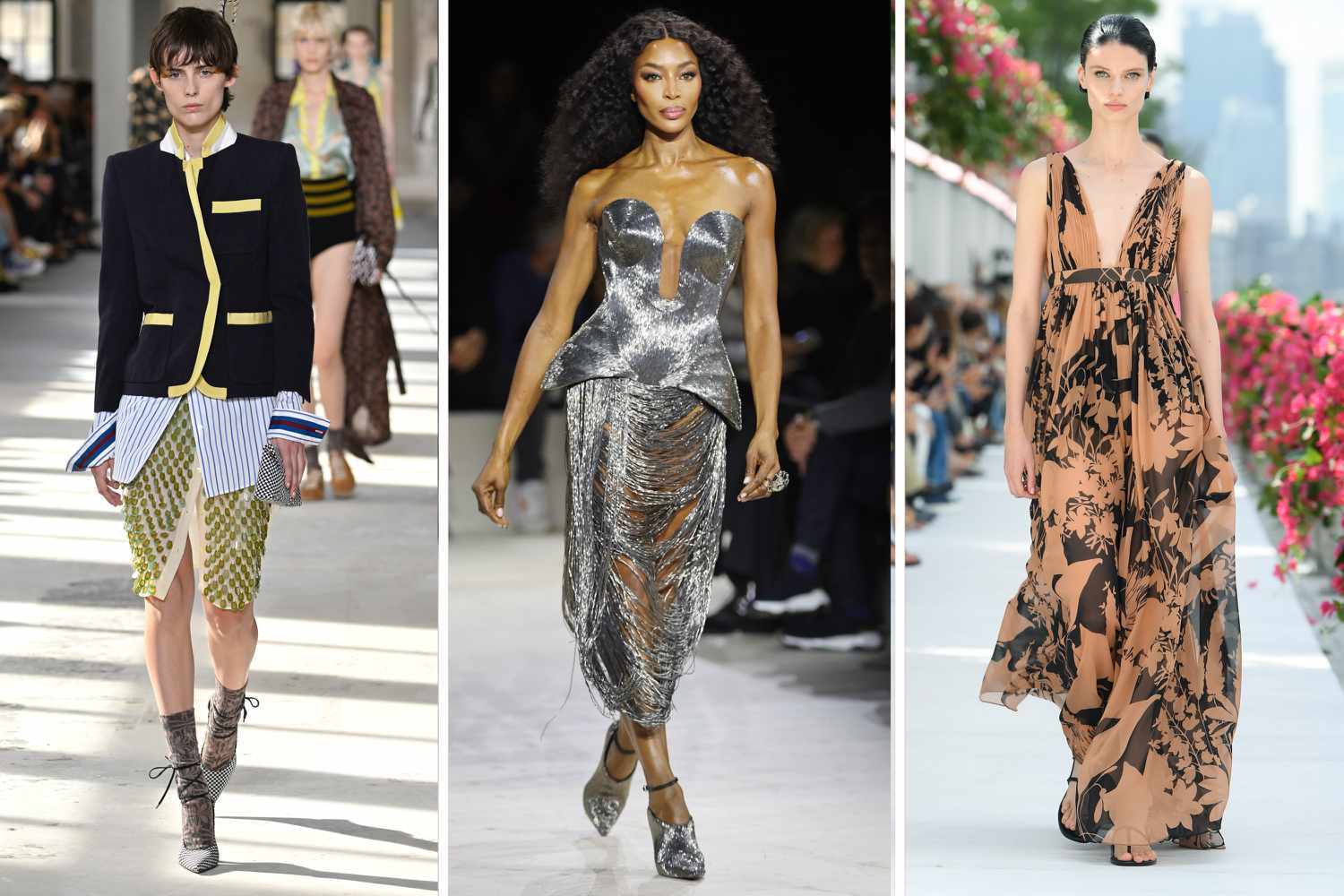Staying ahead in the fashion game can be a daunting task, given how quickly trends come and go. This article delves into the latest fashion trends you should be aware of before making your next purchase. From the rise of sustainable fashion to the resurgence of vintage styles, we cover it all. Read on to discover how to stay stylish and informed in an ever-changing fashion landscape.
The Fast-Paced World of Fashion Trends
Fashion trends are fleeting, often changing so rapidly that it can be challenging to keep up. According to a study by McKinsey & Company, the average lifespan of a fashion trend has decreased from 5 years in the 1990s to just 1-2 years today. This rapid turnover means that what is trendy today may be outdated tomorrow.
The Rise of Sustainable Fashion
One of the most significant trends in recent years is the shift towards sustainable fashion. Consumers are becoming increasingly aware of the environmental impact of their clothing choices. According to the Global Fashion Agenda, the fashion industry is responsible for 4% of global carbon emissions. Brands like Patagonia and Stella McCartney are leading the way in sustainable fashion, using eco-friendly materials and ethical manufacturing processes.
Gender-Neutral Fashion
Another trend gaining traction is gender-neutral fashion. This trend challenges traditional gender norms and promotes inclusivity. Brands like Gucci and Zara have launched gender-neutral collections, making fashion more accessible to everyone. According to a report by Business of Fashion, the market for gender-neutral fashion is expected to grow by 30% over the next five years.
How to Stay Updated on Fashion Trends
Keeping up with the latest fashion trends can be overwhelming, but there are several ways to stay informed.
Fashion Websites and Blogs
Fashion websites and blogs are excellent resources for staying updated on the latest trends. Websites like Vogue and Harper’s Bazaar offer daily updates on new collections, fashion shows, and celebrity styles. These platforms often feature interviews with designers and industry experts, providing valuable insights into the fashion world.
Social Media
Social media platforms like Instagram and Pinterest are also great for discovering new trends. Influencers and fashion bloggers often showcase the latest styles, giving you a real-time look at what’s popular. According to a survey by Statista, 72% of fashion consumers use social media to discover new trends.
Fashion Magazines
While fashion magazines may not be as timely as online sources, they still offer valuable information. Magazines like Elle and GQ provide in-depth articles on fashion trends, designer profiles, and style tips. Subscribing to these magazines can help you stay informed about the broader trends in the fashion industry.
The Impact of Fast Fashion
Fast fashion has revolutionized the way we shop for clothes, but it comes with its own set of challenges. Brands like Zara and H&M can produce new collections in a matter of weeks, making it easier for consumers to stay trendy. However, this rapid production cycle often leads to poor working conditions and environmental degradation. According to the Ellen MacArthur Foundation, the fashion industry produces 92 million tons of waste annually.
The Shift Towards Slow Fashion
In response to the negative impacts of fast fashion, many consumers are turning to slow fashion. This trend emphasizes quality over quantity, encouraging consumers to invest in timeless pieces that will last for years. Brands like Everlane and Reformation are at the forefront of this movement, offering high-quality, ethically-made clothing.
Conclusion
Staying fashionable in today’s fast-paced world requires constant vigilance and a willingness to adapt. By keeping an eye on sustainable fashion, gender-neutral styles, and the latest updates from fashion websites and social media, you can stay ahead of the curve. Remember, fashion is not just about following trends but also about expressing your unique style.
For more insights into the fashion industry, check out Vogue and Business of Fashion.
Interesting Stats
The average lifespan of a fashion trend has decreased from 5 years in the 1990s to just 1-2 years today. (Source: McKinsey & Company)
The fashion industry is responsible for 4% of global carbon emissions. (Source: Global Fashion Agenda)
The market for gender-neutral fashion is expected to grow by 30% over the next five years. (Source: Business of Fashion)
72% of fashion consumers use social media to discover new trends. (Source: Statista)
The fashion industry produces 92 million tons of waste annually. (Source: Ellen MacArthur Foundation)
By staying informed and making conscious choices, you can navigate the ever-changing world of fashion with ease and style.
